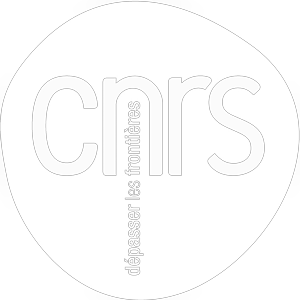Efficacy of scalp hair decontamination following exposure to vapours of sulphur mustard simulants 2-chloroethyl ethyl sulphide and methyl salicylate
authors
keywords
- HD
- Hair exposure
- Decontamination
- Showering
- CWA
document type
ARTabstract
Chemical warfare agents are an actual threat and victims' decontamination is a main concern when mass exposure occurs. Skin decontamination with current protocols has been widely documented, as well as surface decontamination. However, considering hair ability to trap chemicals in vapour phase, we investigated hair decontamination after exposure to sulphur mustard simulants methyl salicylate and 2-chloroethyl ethyl sulphide. Four decontamination protocols were tested on hair, combining showering and emergency decontamination (use of Fuller's earth or Reactive Skin Decontamination Lotion RSDL ®). Both simulants were recovered from hair after treatment, but contents were significantly reduced (42 e85% content allowance). Showering alone was the least efficient protocol. Concerning 2-chloroethyl ethyl sulphide, protocols did not display significant differences in decontamination efficacy. For MeS, use of emergency decontaminants significantly increased showering efficacy (10e20% rise), underlining their usefulness before thorough decontamination. Our results highlighted the need to extensively decontaminate hair after chemical exposure. Residual amounts after decontamination are challenging, as their release from hair could lead to health issues.



